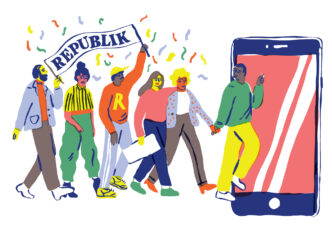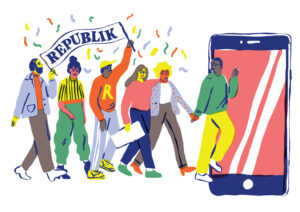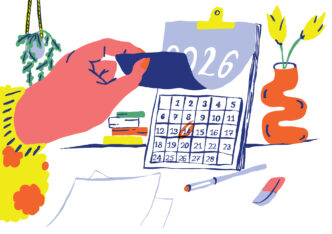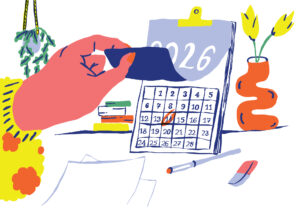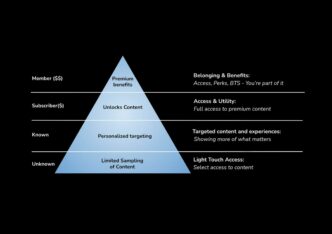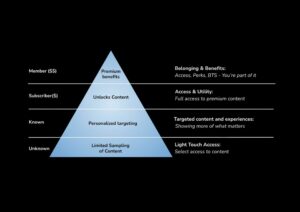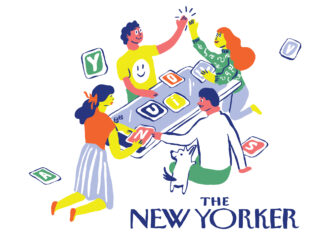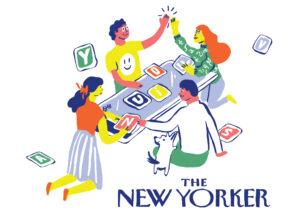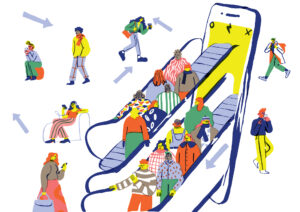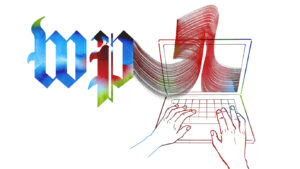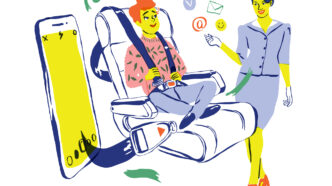
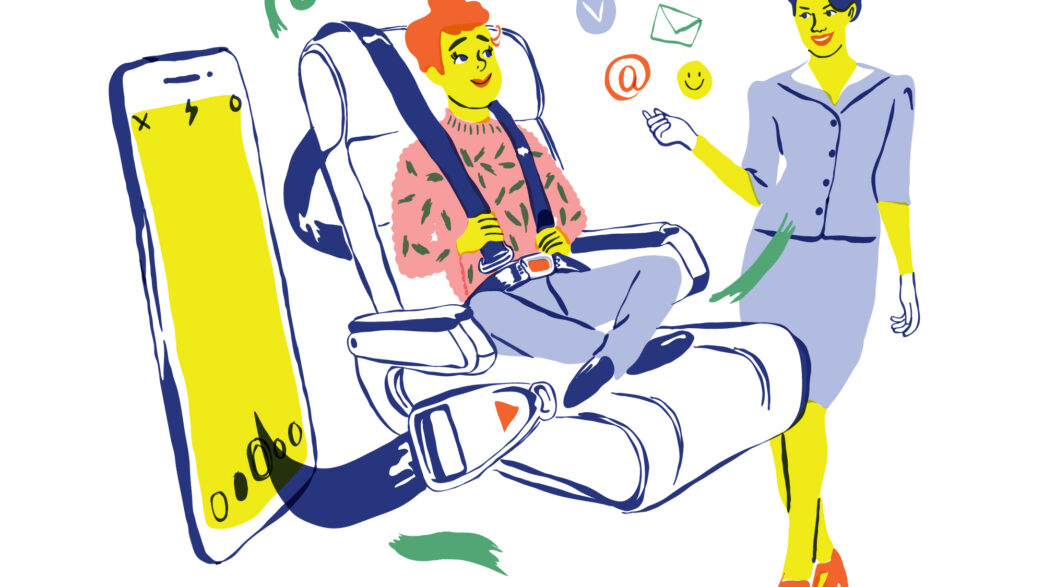
In June, we organized a subscription speed-dating workshop in London. Speed-dating you said? Yes: a new kind of workshop aimed at facilitating knowledge-sharing among participants while... having fun.
The workshop took place in the impressive In Digital offices in Covent Garden with 20 publishing professionals specialized in digital subscription. The atmosphere at the event was absolutely amazing: the sun shining, a beautiful terrace, everyone open to sharing their challenges, wins and failures, plus expertise from the Poool, In Digital and Aptitude teams who helped run the day.
The plan was to split into 4 groups, consisting of 5 participants and 1 facilitator, with each group focusing on one stage of the subscription funnel:
- Soft conversion steps
- Dynamic user journeys
- Onboarding of new members/subscribers
- Long-term retention
During each 15-minute session, the group moderators prompted participants to discuss this stage in the funnel, their ongoing projects, any obstacles they were facing, and what strategies were proving successful (or not).
When the time was over, we blew the whistle to change tables, and each group had to move on to the next stage.
Today, let’s dive into step 3: Onboarding new members and subscribers
Good marketers let things develop. They build relationships, one step at a time, and then ask themselves, ‘Is this going anywhere?’ Their data tells them the answer, and they act on it”.
This sentence, taken from Neil Hoyne’s book Converted, couldn’t be more true about onboarding tips and tactics.
A properly onboarded subscriber has:
- Gained short-term value from the converting article, feature, or benefit
- Understood what value the ongoing subscription will provide
Consideration for your definition
- What are the key value milestones for subscribers?
- What data do we have or need to identify these milestones?
The Audiencers’ strategies to ace onboarding
Step 0: Define the actions you want your new client to achieve
Of course, you’re not doing this just for fun. We know that members/subscribers with the highest equipment rate are the most loyal.

- Interact with you (comment on your articles, fill up a survey…)
- Download your mobile app
- Subscribe to your newsletters
- Join your WhatsApp groups
- Listen to your podcasts
- Attend your events
- Buy from your e-shop…
Once you understand the purpose behind your actions, you can begin the work.
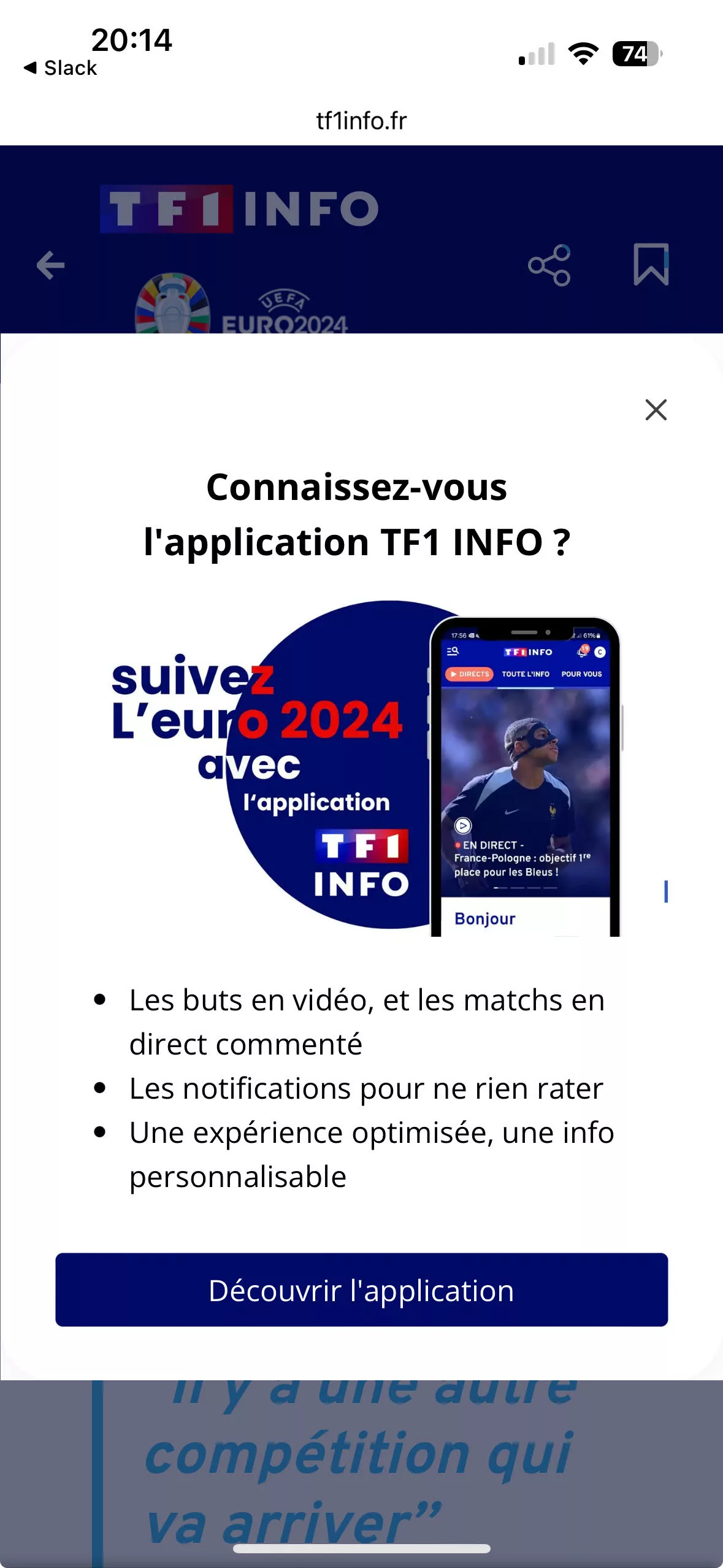
Step 1: Segment your onboarded users
By segmenting your new clients, you empower them with the best onboarding experience possible. It’s not just a good idea, it’s a strategy that puts your clients in the drivers seat of their onboarding journey.
You can adjust a variety of things, including…
- The length of the onboarding journey: long or short depending on the user’s engagement
- The content you push to them based on the content that converted the user in the first place
- Channels you use: automatic onboarding, or add a human touch for big B2B accounts…
Based on…
- The offer they’re subscribing to (free member, trial subscriber, bundle…)
- Their use of the product (Are they using your mobile app? Did they come to your events?)
- The data you have on them (location, job, family, age…)
- The platform they’ve created their account on (mobile, desktop, app…)

Step 2: Carefully choose your communication channels
Which tools should you use to onboard new clients?
Whilst email welcome series are the most common, various other channels can help build relationships and engagement:
- On-site onboarding journeys, like The Telegraph (see here)
- Postal series, like The Economist (3.5% increase in engagement)
- Phonecalls by real humans, like La Tribune or The FT
- Demo/video calls
- Webinar-type onboarding
- Push notifications
- Private Whatsapp message
- In-app onboarding scheme
- In-app onboarding messages
- But of course, all participants agreed that welcome series by email do the heavy lifting

Step 3: Decide which content you want to share
Workshop participants’ ideas were endless. But here are the main ones:
- Message from the editor-in-chief
- Manifest on who we are, humanize the brand
- Forefront the subscription benefits
- Share the most popular subscriber-only content
- Share the more recent content from the newsroom
- Handwritten postcards
- Fictional person (AI) welcome message
- Welcome video

We’d also recommend allowing the new subscriber to easily return to the article they were trying to read before being blocked by the paywall.
Step 4: Define how long your onboarding journey should last
Spoiler: there’s no right answer. Our workshop’s attendees shared what they do, and it couldn’t be more diverse:
- 1 day
- 25 days
- 1 month
- 2 months
- a 90 day-period

Step 5: Decide what should be the frequency of communication
When deciding on the frequency of communication, it’s important to strike a balance between keeping clients engaged without overwhelming them.
Our workshop found the decreasing rhythm of one publisher particularly interesting: 1 email per day in the first week, then 2 emails per week, and finally 1 email per week.
Step 6: Chose your success KPIs
They may vary depending on your business, but attendees agreed that these were the most important:
- How many people discover the benefits of your offer
- Performance of welcome emails
- Open rates
- CTR
- Newsletter sign-ups
- Podcasts listens
- App downloads
- How many days do they spend on our platforms after the onboarding (next 30 days of activity)
- Recency of visit
- Long-term retention of subscribers
Step 7: keep calm and carry on, everybody has the same challenges
Do you find onboarding strategies hard to orchestrate? Good news: you’re not alone. Audiencers shared their main challenges with us:
- Getting the data (track reading habits, know where the value comes from for each user)
- Consolidating the data you have on members/subscribers
- Tracking the impact of what you’re doing/choosing the right KPIs
- Trying not to repeat the same messages on all channels (emails, on-site..)
- The difficulty of converting existing members or subs to a new platform
- Monitoring usage habits after the onboarding period
And the question we all had in mind, without daring to ask it:
Should you pause your editorial emails during onboarding? The answer is a big YES, but of course you need to fit the editorial content into the onboarding experience…

